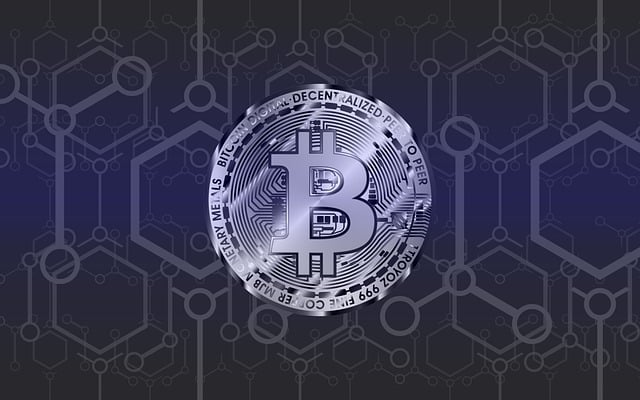Decentralized finance (DeFi) markets are highly volatile due to factors like limited regulation, high liquidity, and speculative investing. This volatility poses risks but also opportunities for investors who can manage it strategically. By diversifying investments, using stop-loss orders, staying informed about market trends, and understanding the interconnectedness of DeFi elements, investors can effectively navigate this landscape and unlock DeFi's potential impact on global finance.
“The cryptocurrency market, particularly Decentralized Finance (DeFi), is renowned for its volatile nature, presenting both significant risks and opportunities. This article explores the dynamic relationship between DeFi and market volatility, delving into the causes and effects of price fluctuations. We uncover strategic risk management techniques, from risk assessment frameworks to smart contracts, that navigate this treacherous yet promising landscape. Additionally, we discuss long-term investment strategies, regulatory influences, and potential innovations in DeFi that could shape its future and mitigate risks.”
- Understanding Cryptocurrency Market Volatility
- – Definition and causes of volatility in crypto markets
- – Key factors influencing price swings in DeFi
Understanding Cryptocurrency Market Volatility

Cryptocurrency markets, often referred to as the decentralized finance (DeFi) space, are known for their high volatility, which can pose significant risks to investors. This volatility is driven by a unique combination of factors including limited regulatory oversight, high liquidity, and the speculative nature of digital assets. In DeFi, prices can fluctuate rapidly due to even minor changes in market sentiment or news events, creating a challenging environment for risk management.
Understanding this volatility is crucial for navigating the DeFi landscape. Investors need to employ strategic tools and approaches to mitigate potential losses. This involves diversifying their portfolios across various cryptocurrencies, setting stop-loss orders to limit downside risk, and staying informed about market trends and developments. As the DeFi sector continues to evolve, recognizing and managing the inherent volatility will be key to unlocking its significant potential impact on global finance.
– Definition and causes of volatility in crypto markets

Volatility is a defining characteristic of cryptocurrency markets, stemming from various interconnected factors. The decentralized nature of cryptocurrencies, especially within the Decentralized Finance (DeFi) ecosystem, contributes to heightened price fluctuations. This is largely due to the absence of centralized control and regulatory oversight that traditionally stabilize traditional financial markets. In DeFi, market dynamics are governed by smart contracts and community governance, making them more susceptible to rapid changes driven by speculative activities, media buzz, or even technological advancements.
The high volatility in crypto assets can be attributed to their limited historical data for analysis, lack of intrinsic value like fiat currencies, and the 24/7 global trading environment. These factors create an unpredictable market where prices can surge or plummet significantly within short periods. Understanding and managing this volatility is crucial for investors navigating DeFi platforms, as it directly impacts the potential impact and risk exposure of their investments.
– Key factors influencing price swings in DeFi

The decentralized finance (DeFi) market, known for its innovative and borderless nature, is subject to significant price swings due to several interconnected factors. One of the primary drivers is liquidity provision and demand. DeFi platforms often experience rapid fluctuations as users deposit or withdraw funds, leading to changes in liquidity and subsequently affecting asset prices. The transparency and accessibility of DeFi also mean that global market sentiment can swiftly impact these cryptocurrencies, causing volatility. Additionally, algorithmic trading strategies, which are prevalent in DeFi, can exacerbate price movements; automated bots may execute trades at high speeds, reacting to even minor price discrepancies, thus contributing to the overall volatility.
The potential impact of these factors is profound, as they create an environment where prices can change dramatically in short periods. This volatility presents both challenges and opportunities for investors and market participants. While it offers potential for substantial gains, it also demands careful risk management strategies to navigate these unpredictable markets effectively.
